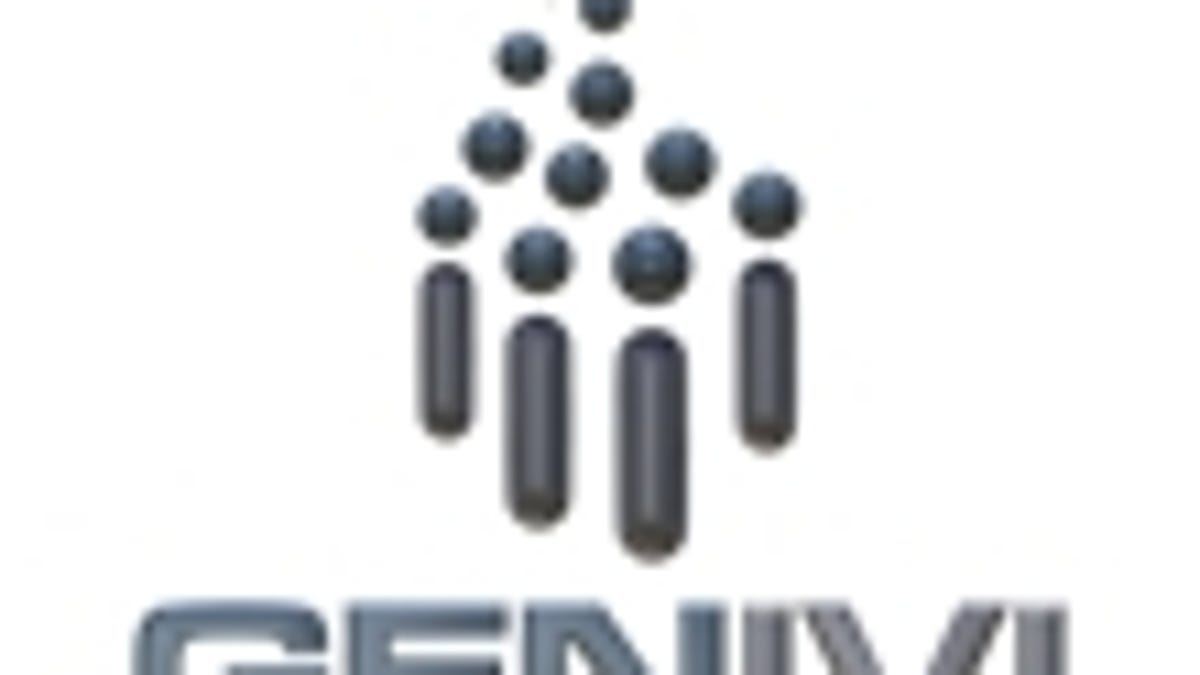Open source vs. Microsoft: Automotive battlefield
Genivi, a new Linux-based automotive infotainment platform, is announced as a competitor to Microsoft's, on which Ford's Sync and Fiat's Blue & Me are based.

The competition between Microsoft and open-source software reaches into the automotive space with the announcement of a new alliance among automakers and technology providers called Genivi. The goal of the alliance is to build a Linux stack that will provide a common architecture for automotive infotainment systems.
At the same time, Microsoft announces version 4.0 of its own automotive platform, on which Ford's Sync and Fiat's Blue & Me systems are based. The new Microsoft platform now supports Intel chip architecture and includes what Microsoft calls "common head unit functionality," meaning that the platform comes with standard modules for integrating CD playback and ripping, along with other applications.
Version 4.0 supports a common voice command structure that works for typical car applications, such as navigation and Bluetooth cell phone integration, so users won't have to go back to a top-level tree structure to issue commands for different in-car applications.
Both Genivi and the Microsoft Automotive platform intend to make it easier for automakers and equipment makers to integrate support for devices such as cell phones and MP3 players by offering common connectivity solutions, speeding up development of automotive infotainment systems, and making midcycle updates easier, so car electronics can keep up with the fast-moving world of consumer electronics.
The Genivi alliance includes BMW, Delphi, GM, Intel, Magneti Marelli, PSA Peugeot Citroen, Visteon, and Wind River, a pretty formidable set of major names in the automotive world. Microsoft developed its Automotive Platform on its own, but it counts Ford, Fiat, and now Hyundai as clients. Further, Microsoft is instituting a training program to help developers understand how to build applications to work with its platform.
Microsoft has the advantage of a proven product, which many people have experienced in Ford and Fiat cars. The fact that the company is already on version 4.0 shows maturity in the product. Hyundai, which announced last year that it would use the Microsoft Automotive platform in its cars, will be using the 4.0 version in 2011 models.
Genivi has been in development for the last 18 months, and a representative of its developers said the first car to use it will be a hybrid in 2011, with GM's Volt seeming the likeliest candidate, given the timing of the launch. By 2012, Genivi is supposed to be in mass production vehicles. Given the current partners, it's not hard to guess where it might appear.
Both platforms will also offer APIs for services, which can be taken advantage of by companies such as Google and other online players.
Microsoft Automotive product manager Velle Kolde pointed out that Microsoft had not been invited to join the Genivi alliance, saying, "If (Genivi is) picking and choosing technology partners, it isn't really an open architecture."
It's impossible to predict which platform will become dominant, if any, but there's already one clear winner: Intel. Genivi is designed to work on Intel's Atom processor, while Microsoft's new version expands from its original ARM compatibility to run on the Atom, as well.

